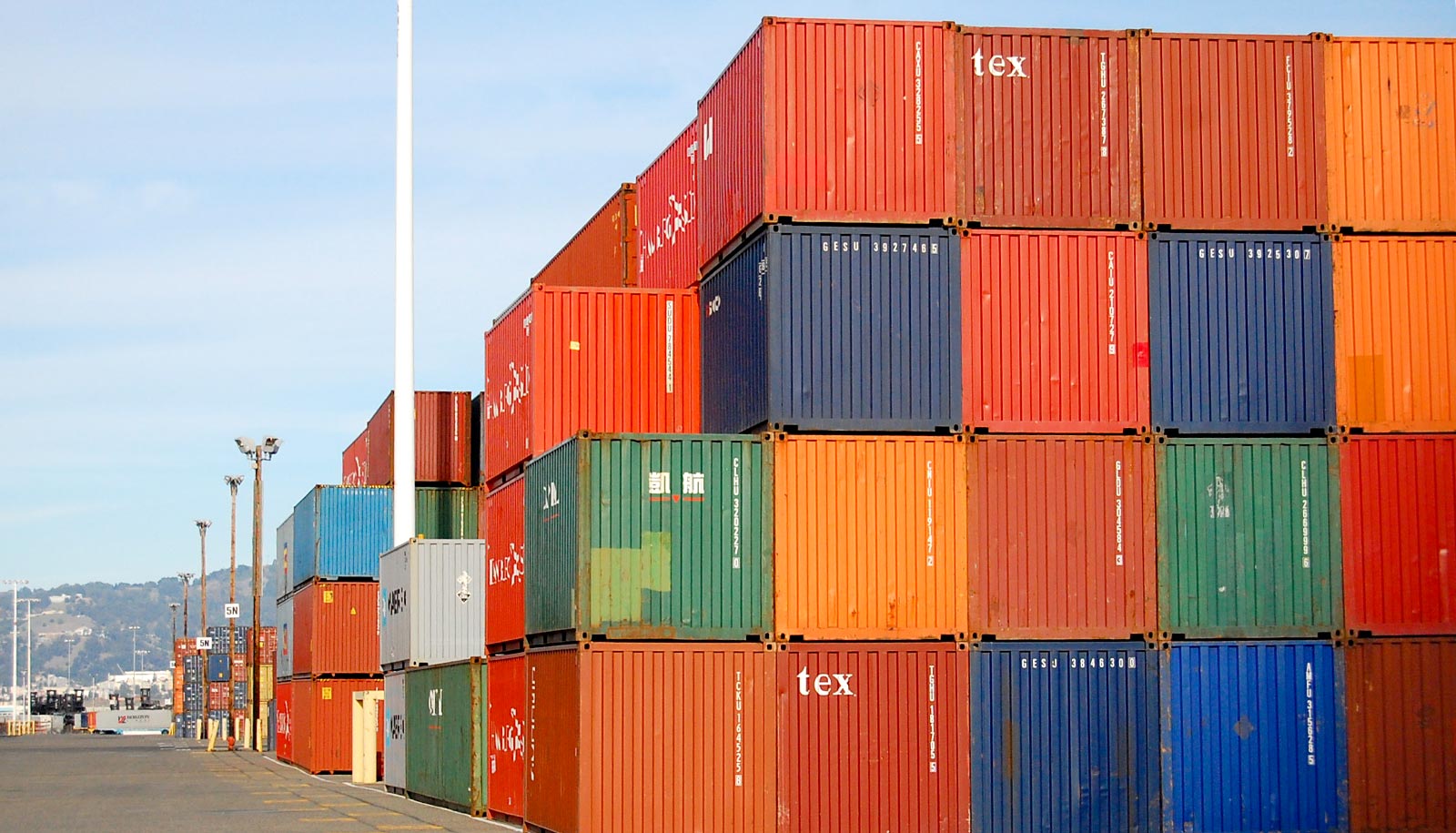The war in Ukraine, the COVID-19 pandemic, and climate change have halted food production worldwide and have led to large price increases that are affecting average families, says David Ortega.
Ortega is a food economist and associate professor in the agricultural food and resource economics department at Michigan State University.
Watch Ortega explain what’s behind the rise in food prices below:
And here, Ortega dives deeper into the causes, and the potential end, of increased prices:
What has led to the rise in food costs?
We as consumers have experienced the most significant shock in global food prices in more than a generation.
The COVID-19 pandemic, changes in consumer behavior, and supply chain disruptions have led to an increase in food prices. More recently, the war in Ukraine has affected global grain markets and edible oil markets—such as sunflower oil, palm oil, and other vegetable oils—which have contributed to inflationary pressures on food prices.
How has the war in Ukraine affected wheat planting and distribution?
Russia and Ukraine supply a significant amount of the cereals in the world market, and we are in the middle of planting season in Ukraine. Our report suggests that we’re looking at a forecast of roughly only 60% to 70% of the planting area going into the ground this spring. So, when we’re looking at the global markets for a lot of these commodities, we’re seeing a lot of countries starting to stockpile.
The main effects from the war is going to be in countries in the Middle East and Northern Africa that are highly dependent on this region for a lot of their imports. For example, places like Egypt, Lebanon, and Turkey. Lebanon, a country of about 7 million people, depends on Ukraine for over 80% of its wheat. This is a country that’s experiencing skyrocketing inflation now. Combined with a lot of the vulnerable populations in these regions, they’re going to be some of the hardest hit nations.
How much have food prices gone up?
Domestically in the US, the March inflation report showed that food prices for home consumption were up 10% year over year. That’s the largest increase we’ve seen in over a 40-year period. In particular, the price of flour increased just over 14% compared to the previous year. A lot of that is being attributed to the war in Ukraine that’s driving the grain and cereal prices high.
The Food and Agriculture Organization of the United Nations has been tracking global food prices since the 1990s. This March, they recorded the highest increase in food prices globally. Prices were up over 12% from the previous month and over 30% from the same time in March of last year.
This means that families, especially in the poorer countries of the world, are less able to afford food. It’s important to note that we have an abundant supply of food in the world for everybody. It’s a matter of affordability and making sure that it’s available to the right people at the right time.
Will prices go down any time soon?
Here in the US, we can expect food prices to continue increasing into the near future because of the Ukraine conflict and disruptions to grain and edible oil markets.
Putting these food price increases into context, the average US household spends 5% of their disposable income on food for home consumption. That may not seem like a large amount compared to other expenditure categories, like housing or transportation. But when we look at the poorest households in the country, the lower 20% of households with respect to income are spending over a quarter of their disposable income on food.
When we’re looking at these poor households in the US, they’re going to be the most affected by these food price increases. This 10% increase in the price of food is going to be cutting significantly into their food budget as well as other expenditure categories.
How has the COVID-19 pandemic affected food prices?
The COVID-19 pandemic continues to pose challenges to the global agricultural and food system. In places like China, they’re implementing lockdowns in some of the major cities like Shanghai.
Looking at food prices, we’re an interconnected global market. So, it’s not just the effects of the COVID-19 pandemic on the agricultural supply chains, or the war in Ukraine affecting cereal and edible oil markets. But we’re also feeling the effects of climate change. There are droughts in parts of South America, Brazil and Argentina as well as here in North America and parts of Canada that are significant agricultural producing regions in the world.
Source: Michigan State University



